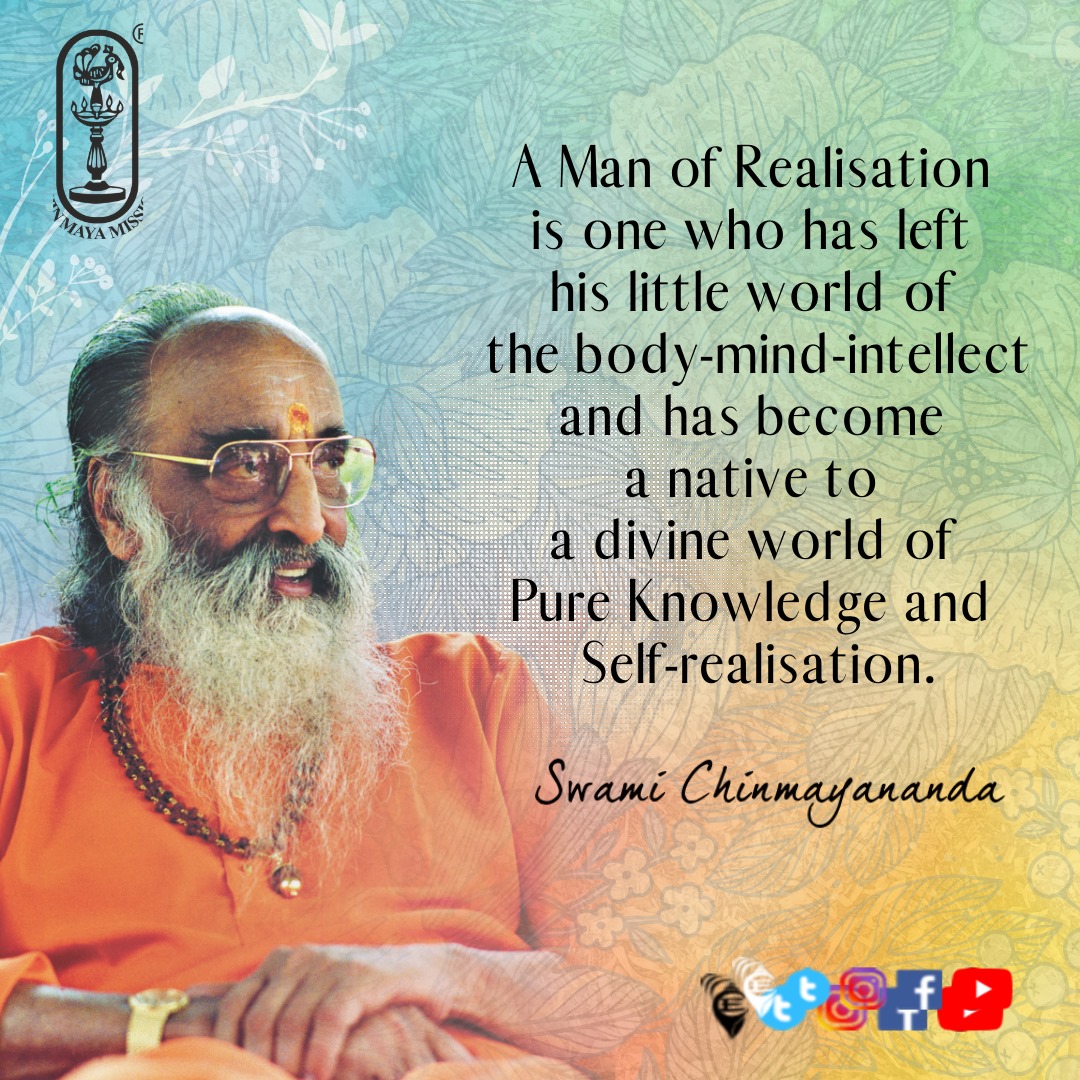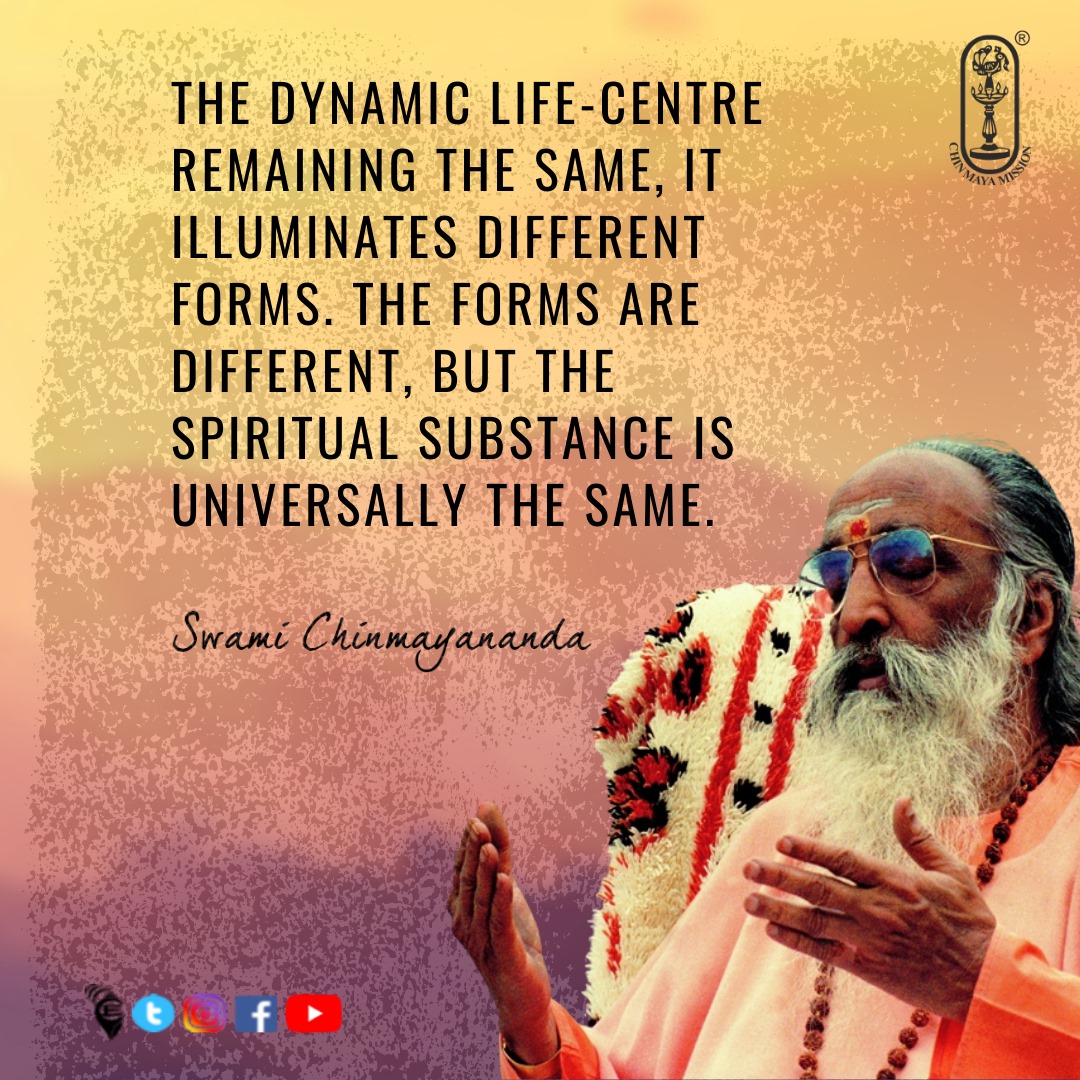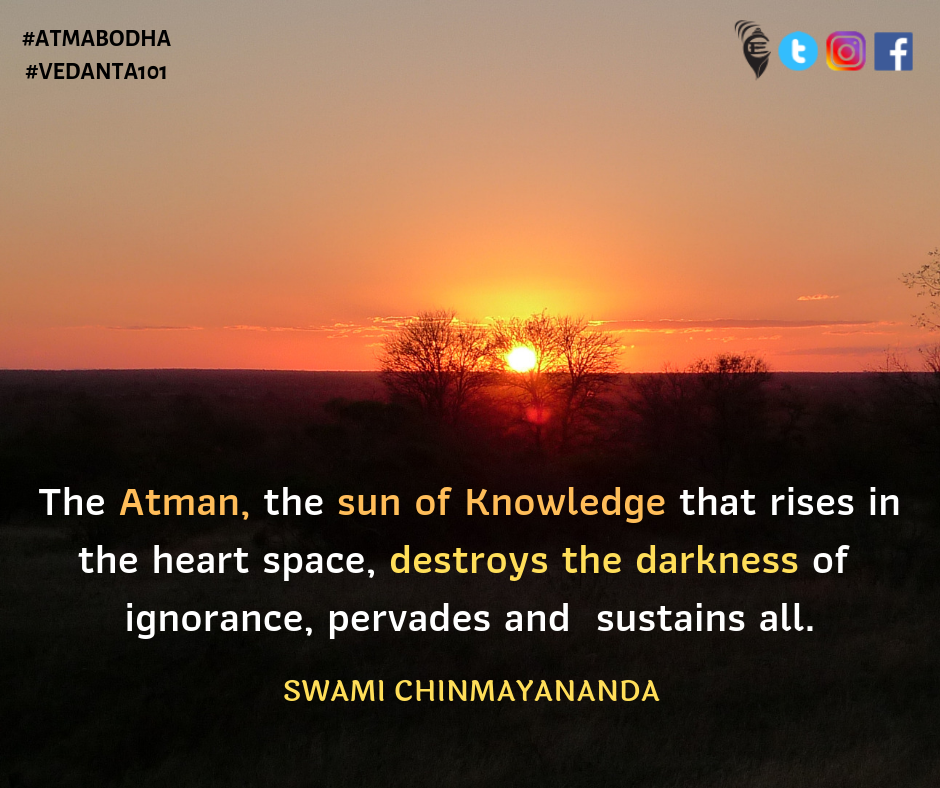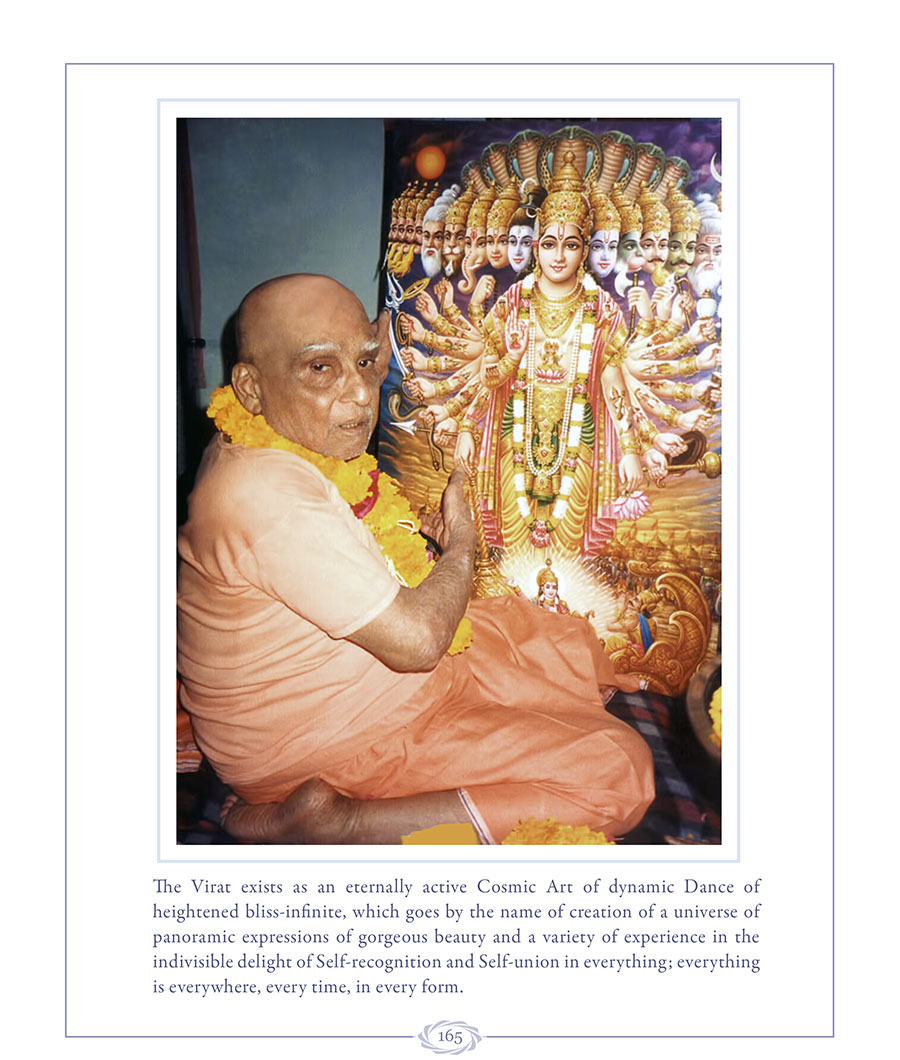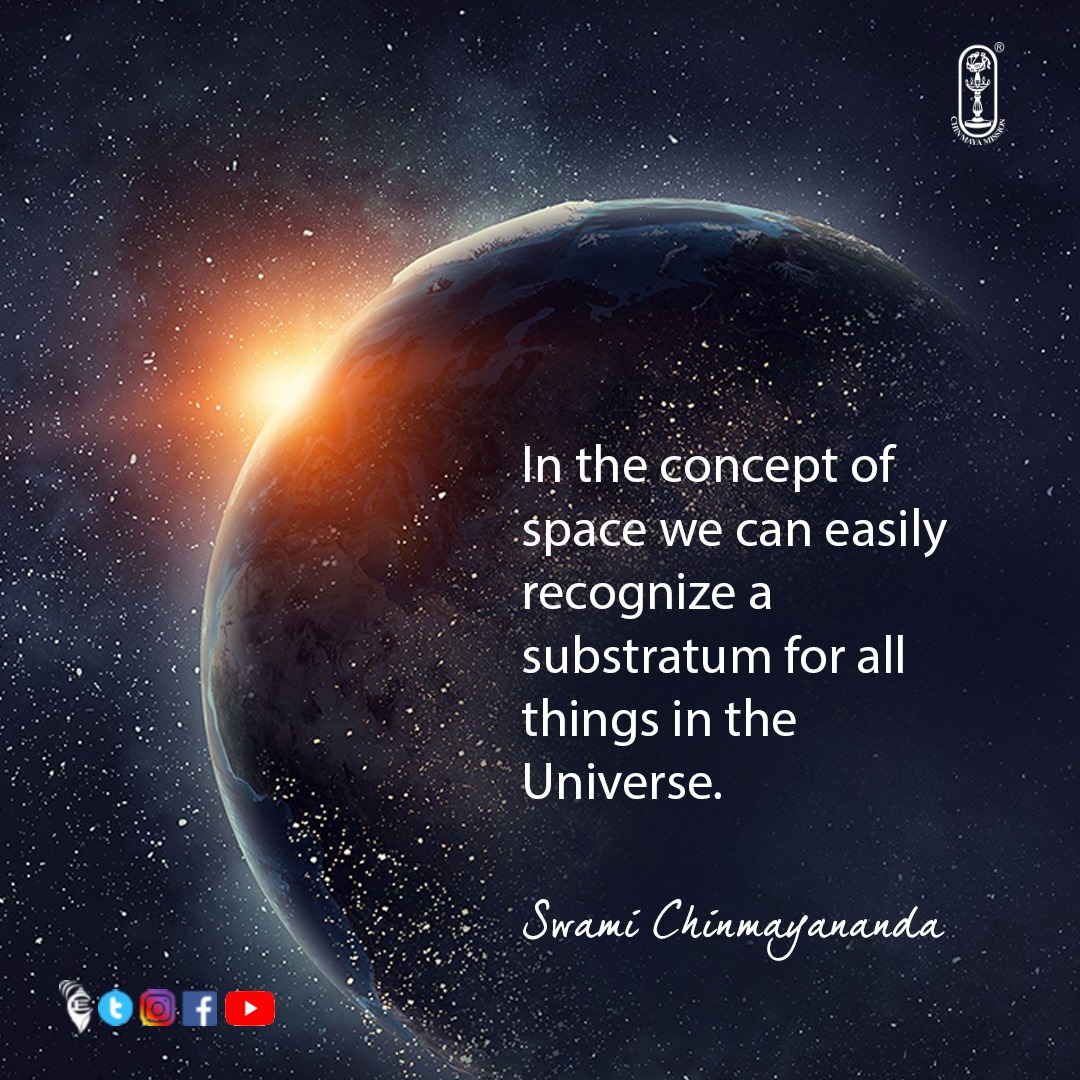Study of the Bhagavadgita : Chapter - 5.9. . - Swami Krishnananda.

----------------------------------------------------------------------------------- Friday, April 30, 2021. 05:57. PM. Chapter 5: The Karma Yoga Principle of the Bhagavadgita-9. ----------------------------------------------------------------------------------- So in this outlook of life you will find there is no such thing as secularity or spirituality isolated from one another. Nowadays people talk of secular existence, political existence, social existence, and spiritual existence. There is nothing of the kind. These are all unnecessary departments that we are creating psychologically in a single, seamless arrangement of life. That which is predominantly extrovert looks secular, but that which is predominantly extrovert is also not spiritual; nor is it an introverted action, or merely a political administration – all which, of course, are capable of being blended into a great Yoga of existence. A person can be a great statesman and politician, and also be a great Yogi. Lord Krishna



